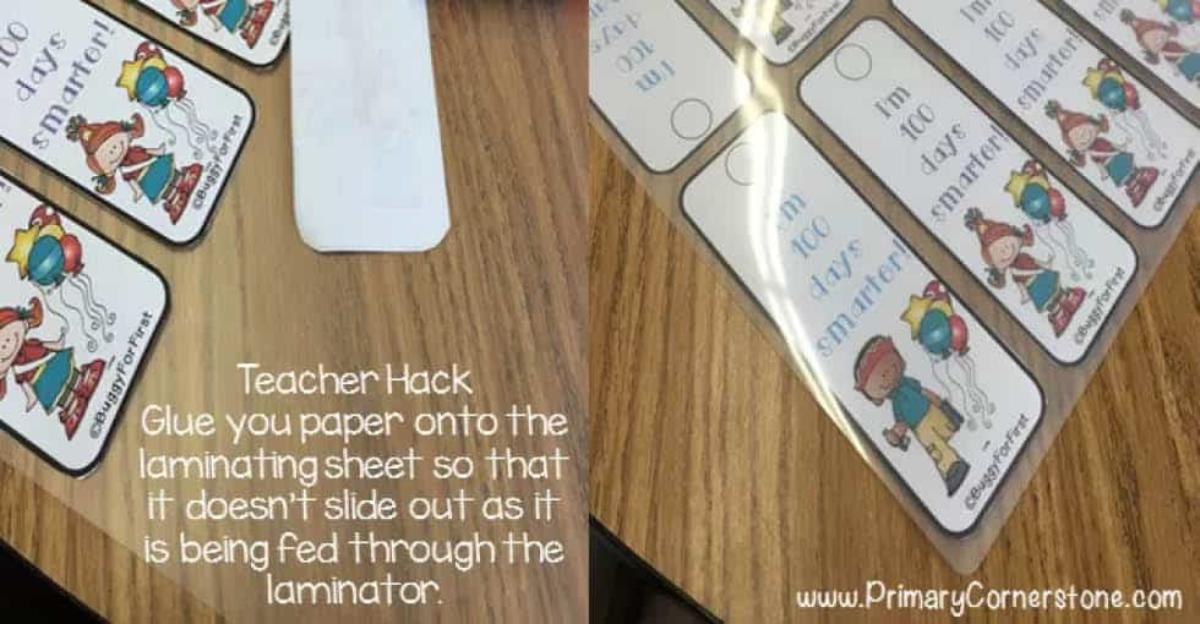Laminating is a great way to keep classroom items lasting for longer periods of time. Whether a school uses a large roll laminator, a smaller machine or self-sealing laminating pouches or sheets, there are several tips to follow to get the best results.
1. Use Correct Heat Settings
Most laminators will have a light that comes on or stops blinking when the correct temperature has been reached. It’s best to start with a lower heat and work up to a higher level. Items may become cloudy if the temperature is too low, or wavy if the temperature is too high.
2. Secure Small Pieces
Using just a dab of glue to secure several smaller pieces will keep them from slipping when entering the laminating machine. Glue sticks are easier to use for this purpose since they are solid and don’t run.
3. Trim Empty Spaces
Trimming excess white space on papers before laminating will help provide more space and prevent waste. Sometimes just trimming an inch or so off of everything that needs laminating will enable the items to be placed in a way that reduces the amount of film or pouches needed.
4. Use Both Sides
Laminating items that can be used on both sides saves time, money, and will ultimately save us space when storing items. Flashcards, math practice sheets, and even puzzles are examples of items that can be used on both sides.
5. Test Run Important Papers
Sometimes items won’t always come out exactly as we hope they do. Items can come out wrinkled if the film isn’t properly fitted in the machine. Bubbling can occur if papers are pushed through too quickly. Conduct a test with similar sized paper.
Following these simple tips can help solve many of the problems that occur when we’re laminating.






Leave a Reply